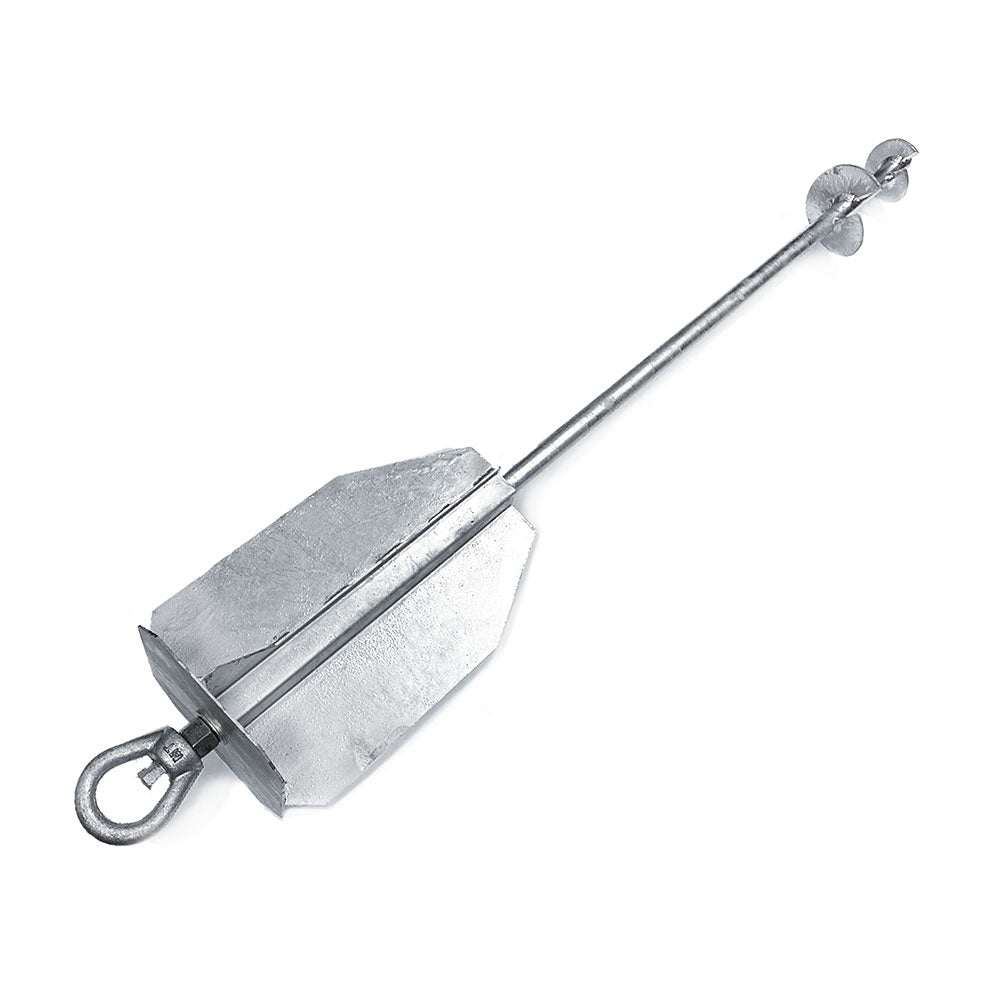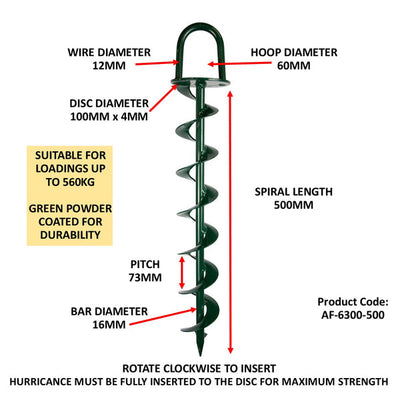Ways to Pick the Best Ground Anchor for Industrial Use
Ways to Pick the Best Ground Anchor for Industrial Use
Blog Article
Discover the Essential Uses of Ground Support in Building And Construction and Landscape Design
Ground supports are indispensable elements in both building and construction and landscaping, providing crucial security and assistance across different applications. Their duty in anchoring hefty equipment and enhancing dirt retention highlights their value in advertising safety and security and sustainability.
Safeguarding Fences and Gates
Safeguarding fences and entrances is a fundamental aspect of property delineation and security in both industrial and residential environments. Ground supports play a crucial role in making sure that these frameworks stay secure and efficient over time. By giving a robust anchoring service, ground anchors help stop fences from leaning or breaking down due to ecological factors such as wind, soil disintegration, or ground movement.
In residential setups, effectively anchored fencings not just improve the visual appeal of a building but likewise give safety and security and security for households and pet dogs. In industrial atmospheres, safe and secure fencing is critical for safeguarding properties, marking home borders, and ensuring the safety of consumers and workers. Ground supports can be mounted in numerous soil kinds and problems, making them flexible for various tasks.
Furthermore, making use of ground supports enables for a more permanent option compared to typical approaches, such as concrete footings, which can be taxing and labor-intensive. Ground Anchor. This efficiency is especially valuable in landscaping tasks where timelines are essential. Generally, the assimilation of ground anchors right into fence and gate installations considerably adds to their long life, performance, and total efficiency in protecting buildings
Stabilizing Momentary Frameworks
While short-term frameworks are usually created for short-term use, their security is essential for ensuring safety and performance during their functional period. Ground supports work as a reliable service for maintaining these frameworks, which may include tents, stages, or modular structures. By anchoring these installations securely to the ground, ground supports help withstand wind uplift and lateral forces that could endanger the integrity of the framework.

Moreover, using ground anchors permits simple elimination and repositioning of momentary structures, making them a suitable choice for building sites or occasions that call for adaptability. In general, ground anchors are an essential tool in the reliable and risk-free monitoring of short-term frameworks, guaranteeing they perform accurately throughout their intended use.
Sustaining Retaining Walls
Utilizing ground supports considerably enhances the structural stability of maintaining wall surfaces, which are important for handling dirt disintegration and preserving landscape stability. Retaining wall surfaces undergo side planet stress, and without appropriate assistance, they can stop working, resulting in costly repair services and potential damages to bordering frameworks. Ground anchors supply a dependable option by transferring the load from the wall surface right into the underlying dirt or rock, making sure the wall continues to be upright and protected.
These supports are commonly mounted at an established angle and deepness, allowing them to stand up to the pressures exerted by the retained dirt. By utilizing high-tensile strength materials and appropriate setup methods, ground anchors can dramatically improve the wall's efficiency under various ecological problems, consisting of heavy rains and seismic task.
Additionally, using ground anchors can reduce the need for comprehensive excavation and product use, advertising more lasting construction methods. This strategy not just boosts the longevity of preserving wall surfaces however likewise decreases the total footprint of landscaping projects. Consequently, incorporating ground anchors in keeping wall design is a vital technique for both building experts and landscape architects aiming to make certain long-term stability and safety and security.
Anchoring Heavy Equipment

Ground anchors provide a reputable method to safeguard equipment, distributing forces evenly and enhancing security. Using anchors allows operators to function with confidence, specifically when raising or relocating heavy tons. Additionally, in circumstances where machinery need to be positioned on unsteady or soft dirt, ground supports can be set up description to improve grasp and protect against devices from sinking or coming to be immobilized.
Executing a systematic strategy to anchoring hefty equipment not just enhances functional effectiveness yet additionally promotes safety and security requirements on website. Normal assessments and upkeep of securing systems are vital to guarantee their proceeded performance. By focusing on the anchoring of hefty equipment, construction and landscape design specialists can develop more secure work atmospheres, inevitably bring about more effective job results.
Enhancing Soil Retention

Dirt erosion postures a substantial challenge in both construction and landscaping jobs, making effective dirt retention techniques important. Ground supports play a vital role in boosting dirt retention by providing stability to structures and vegetation, thus stopping soil variation created by water runoff and wind.
The installment of ground supports involves embedding steel poles or wires deep into the dirt, which are then safeguarded to maintaining walls, terracing systems, or greenery. This anchoring mechanism not just supports the soil however additionally enhances the general integrity of landscaping functions. For example, in sloped areas, ground anchors can be used to sustain retaining walls, efficiently decreasing the risk of landslides and soil disintegration.
Furthermore, these supports assist in the establishment of deep-rooted plants, which even more strengthen the dirt framework. By urging root growth, ground anchors add to a robust ecological community that normally holds dirt in place, minimizing the demand for man-made obstacles or regular upkeep.
Conclusion
To conclude, ground anchors offer several crucial functions in building and landscaping. Their application in protecting gateways and fencings, stabilizing short-term structures, sustaining keeping walls, anchoring hefty tools, and boosting soil retention highlights their value in promoting safety and visit here stability. By promoting these vital tasks, ground anchors add considerably to the total integrity of numerous tasks, guaranteeing toughness and sustainability in both property and industrial settings. Their flexibility makes them a crucial tool in contemporary building practices.
By offering a durable anchoring remedy, ground supports assist protect against fences from leaning or breaking down due to environmental elements such check it out as wind, soil erosion, or ground movement. - Ground Anchor
By anchoring these installations securely to the ground, ground anchors help stand up to wind uplift and lateral forces that might compromise the integrity of the framework.
Using ground supports substantially enhances the architectural stability of preserving wall surfaces, which are necessary for handling dirt erosion and preserving landscape stability. Ground supports provide a trustworthy service by moving the lots from the wall surface right into the underlying dirt or rock, making certain the wall surface remains safe and secure and upright.

Report this page